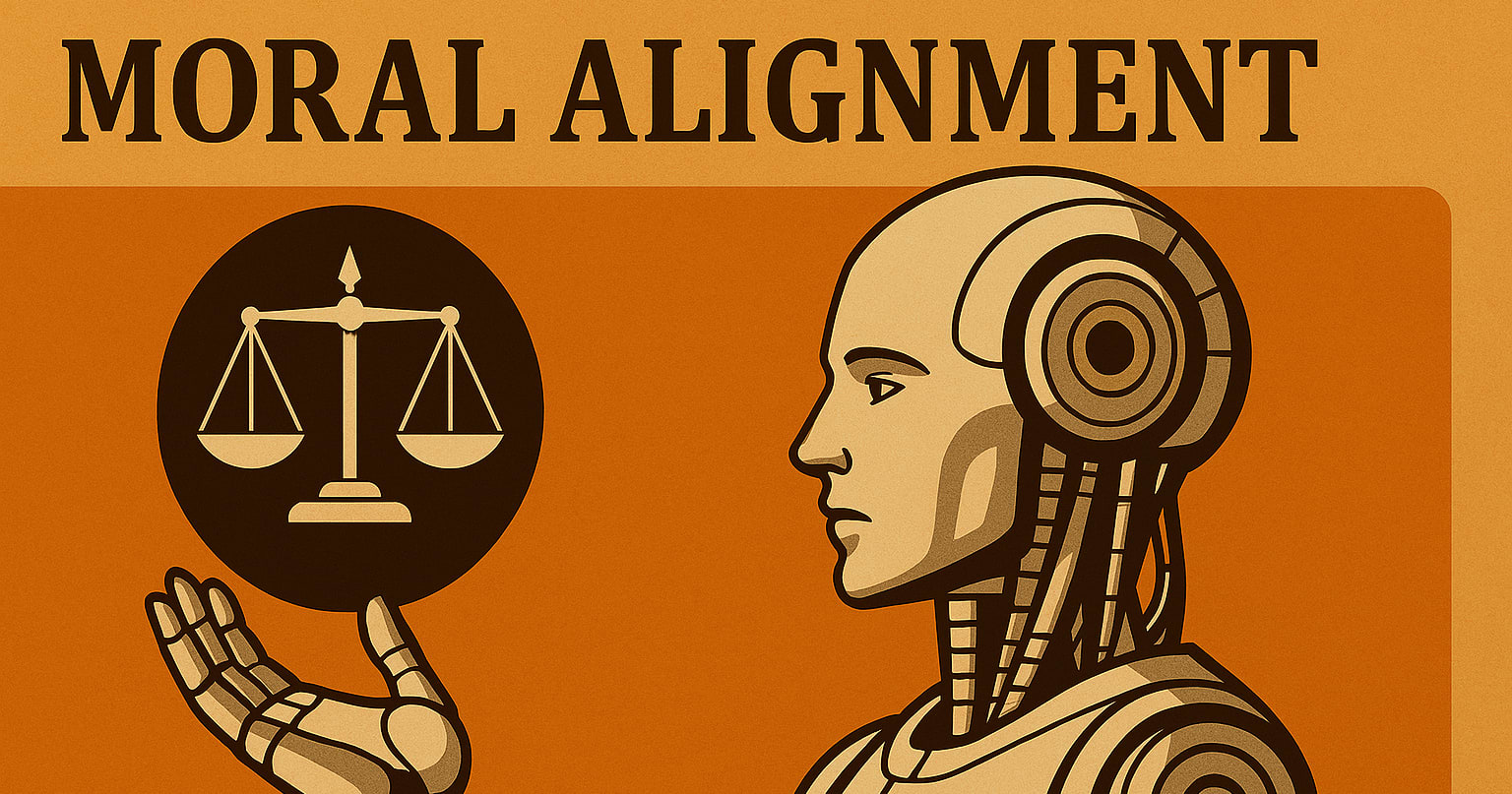Curated and popular this week
> Summary: We propose measuring AI performance in terms of the length of tasks AI agents can complete. We show that this metric has been consistently exponentially increasing over the past 6 years, with a doubling time of around 7 months. Extrapolating this trend predicts that, in under a decade, we will see AI agents that can independently complete a large fraction of software tasks that currently take humans days or weeks.
>
> The length of tasks (measured by how long they take human professionals) that generalist frontier model agents can complete autonomously with 50% reliability has been doubling approximately every 7 months for the last 6 years. The shaded region represents 95% CI calculated by hierarchical bootstrap over task families, tasks, and task attempts.
>
> Full paper | Github repo
Blogpost; tweet thread.

Max Taylor
+ 0 more
·
Many thanks to Constance Li, Rachel Mason, Ronen Bar, Sam Tucker-Davis, and Yip Fai Tse for providing valuable feedback. This post does not necessarily reflect the views of my employer.
Artificial General Intelligence (basically, ‘AI that is as good as, or better than, humans at most intellectual tasks’) seems increasingly likely to be developed in the next 5-10 years. As others have written, this has major implications for EA priorities, including animal advocacy, but it’s hard to know how this should shape our strategy. This post sets out a few starting points and I’m really interested in hearing others’ ideas, even if they’re very uncertain and half-baked.
Is AGI coming in the next 5-10 years?
This is very well covered elsewhere but basically it looks increasingly likely, e.g.:
* The Metaculus and Manifold forecasting platforms predict we’ll see AGI in 2030 and 2031, respectively.
* The heads of Anthropic and OpenAI think we’ll see it by 2027 and 2035, respectively.
* A 2024 survey of AI researchers put a 50% chance of AGI by 2047, but this is 13 years earlier than predicted in the 2023 version of the survey.
* These predictions seem feasible given the explosive rate of change we’ve been seeing in computing power available to models, algorithmic efficiencies, and actual model performance (e.g., look at how far Large Language Models and AI image generators have come just in the last three years).
* Based on this, organisations (both new ones, like Forethought, and existing ones, like 80,000 Hours) are taking the prospect of near-term AGI increasingly seriously.
What could AGI mean for animals?
AGI’s implications for animals depend heavily on who controls the AGI models. For example:
* AGI might be controlled by a handful of AI companies and/or governments, either in alliance or in competition.
* For example, maybe two government-owned companies separately develop AGI then restrict others from developing it.
* These actors’ use of AGI might be dr

"Part one of our challenge is to solve the technical alignment problem, and that’s what everybody focuses on, but part two is: to whose values do you align the system once you’re capable of doing that, and that may turn out to be an even harder problem", Sam Altman, OpenAI CEO (Link).
In this post, I argue that:
1. "To whose values do you align the system" is a critically neglected space I termed “Moral Alignment.” Only a few organizations work for non-humans in this field, with a total budget of 4-5 million USD (not accounting for academic work). The scale of this space couldn’t be any bigger - the intersection between the most revolutionary technology ever and all sentient beings. While tractability remains uncertain, there is some promising positive evidence (See “The Tractability Open Question” section).
2. Given the first point, our movement must attract more resources, talent, and funding to address it. The goal is to value align AI with caring about all sentient beings: humans, animals, and potential future digital minds. In other words, I argue we should invest much more in promoting a sentient-centric AI.
The problem
What is Moral Alignment?
AI alignment focuses on ensuring AI systems act according to human intentions, emphasizing controllability and corrigibility (adaptability to changing human preferences). However, traditional alignment often ignores the ethical implications for all sentient beings. Moral Alignment, as part of the broader AI alignment and AI safety spaces, is a field focused on the values we aim to instill in AI. I argue that our goal should be to ensure AI is a positive force for all sentient beings.
Currently, as far as I know, no overarching organization, terms, or community unifies Moral Alignment (MA) as a field with a clear umbrella identity. While specific groups focus individually on animals, humans, or digital minds, such as AI for Animals, which does excellent community-building work around AI and animal welfare while

Recent opportunities in Effective giving

Here's the full video: